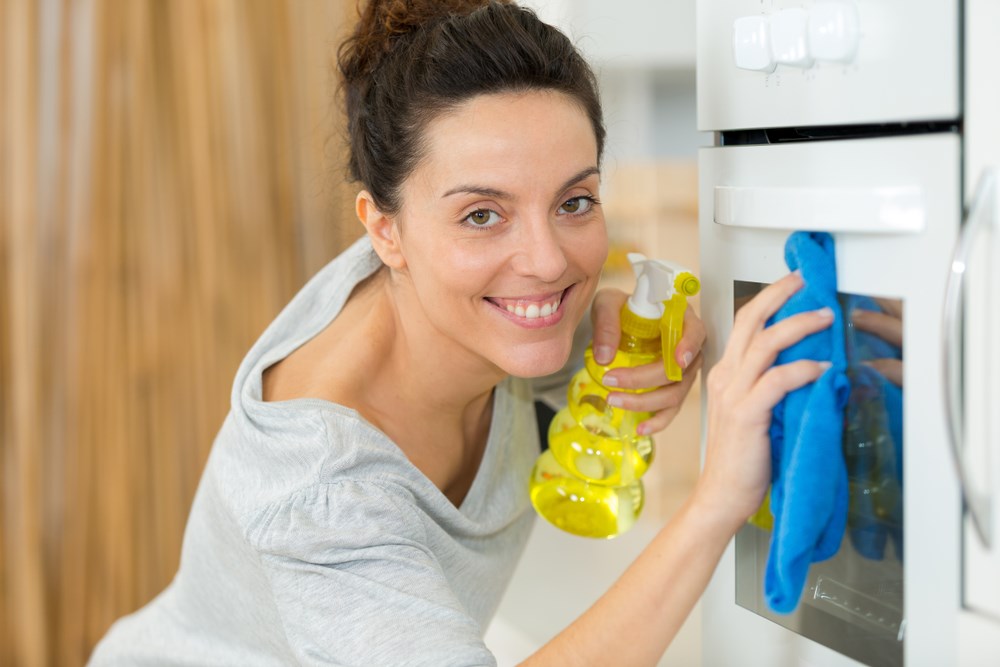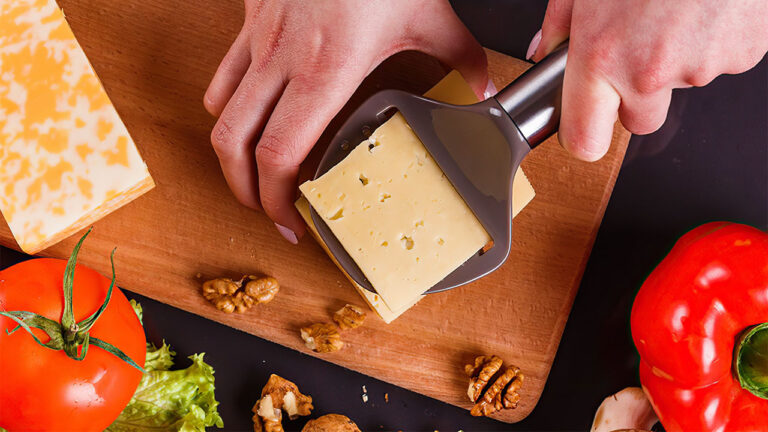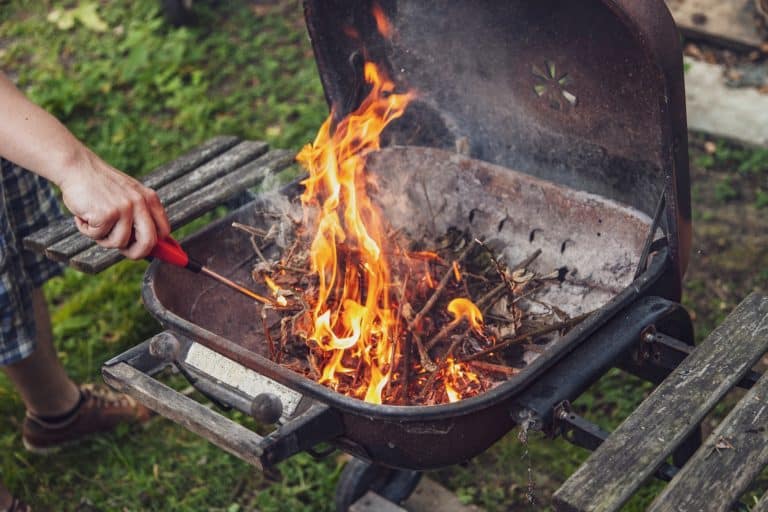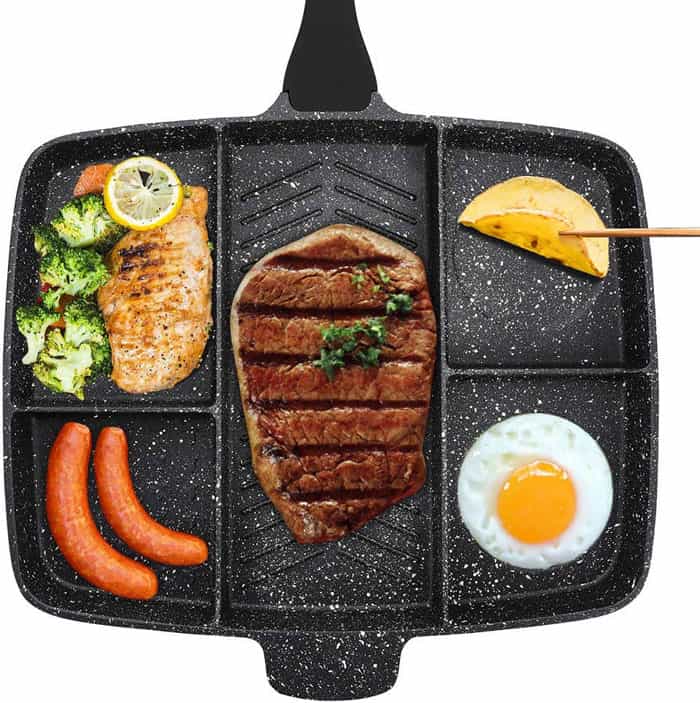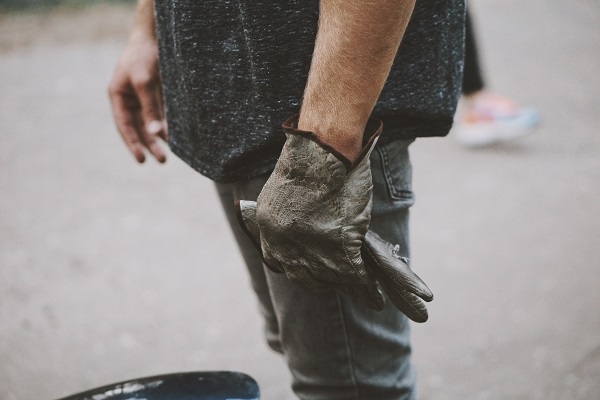Grease is a very intolerable hazard of cooking. A cleaning rookie can easily dust off dirt and wipe off cobwebs. But it takes a lot of patience and hard work to clean off grease from walls and cabinets that even pro cleaners get paranoid sometimes.
Equipment that You Might Need
Well, each and every process needs some tools. Here we have made a list of tool that you might need to collect or buy for your convenience.
- Paper towels
- Warm water
- Clean dishcloths
- Dishwashing liquid
- Sponge
- Baking soda or Distilled white vinegar
- Clean towels
- Spray bottle
Removing Grease Stains from Painted Walls
While preparing meals which involve cooking, sautéing and frying the kitchen walls or cabinets get messed up with grease stains. The spatters are not only a matter of concern but also the mist that progressively gathers on walls and other surfaces.
These greases (especially cooking grease) get more difficult to remove with the flow of time. Here are some steps to help you remove grease from painted walls:
Creams: Using a cream would be the easiest way to solve this problem, rather than a liquid degreaser. This is where the science of gravity plays a role. Also, a cream degreaser is not as flexible as a liquid. It also will not go down as smoothly as a liquid degreaser will.
Cream degreasers are build up with more heavy-duty properties and it works more efficiently if it stays on the stain for a longer time. As it absorbs the stains and dislodges it. A heavy-duty kitchen degreaser can ease your hassle, but it should be at an affordable price too. So pick it wisely.
Vinegar solution: Mix a cup of white vinegar with four cups of water. After mixing the solution pour it into a spray bottle and spray the solutions on to the greasy parts of the walls and cabinets. Leave the solution to stay put for 7-10 minutes before scrubbing it off with a clean rag. Divide the areas on the basis of your own convenience. Repeat the process as many times you need to get the walls and cabinets clean.
Ammonia: From a solution by mixing a gallon of hot water and two cups of household ammonia. Pour the solution inside a spray bottle and apply the solution on walls and cabinets. Then scrub the stains off with a nylon sponge or brush. Do not forget to use gloves and ventilation while using ammonia.

TSP (Trisodium Phosphate): TSP is a very strong cleaning component. This method requires rubber gloves, safety goggles, and long sleeves to cause no harm to skin and eyes. As, it can be the cause of irritation and even burn out skin if it is not used correctly.
Be aware of splitting tsp as it can discolor or de-gloss paint, wood, and metal. Mix ¼ cup of TSP with a gallon of very warm water. If you are targeting heavy grease build-ups, then increase the ratio to ½ cup TSP per gallon of water. Now after the solution is made take a sponge and dip it into the solution.
Scrub the greasy areas of the walls properly. Leave the solution to be put on the wall for three to five minutes to soften the grease. After that scrub off the grease with a nylon scrub pad. Take a cloth and dip it into warm water then slowly rinse the greasy surface. After that use a towel to dry the walls.
More Related Guides:
Fighting Oil with Oil
Vegetable oil comes pretty handy in removing hard, dingy layers of old, sticky, dust-grabbing grease. Applying oil softens the stains and makes it easy to remove. For the best results mix 2 parts of baking soda with it.
Rub the baking-soda-and-oil paste on the greasy gunk’s with a soft sponge on the cabinets. Leave it for a couple of minutes and spray some warm water on the paste before rinsing and drying the cabinets. After that take a look at your shiny cabinets!
Even after going through these steps there might be some grease left on the walls. Also, parts of the walls might get discolored. So, using KILZ paint to prime the wall and making sure of the stains not getting revealed through the new paint is a great idea!
How often do you need to clean up the Grease
Well cleaning the grease on a daily basis is the most effective plan. After you are done with your everyday cooking it is recommended that you use a towel to blot of the grease splatters. If it too sticky, you can clean of the gunk stains with a decent soap. But the longer you will keep the gunk on your wall the more it will get stubborn.
Cabinetry Considerations
You should always consider about the quality of your cabinets before going through the grease cleaning processes. Low quality, melamine cabinets can get damaged if water gets in at the seams or edges. So, be very cautious of the drying process of this sort of cabinets.
If your cabinets are made of wood, go for the vegetable oil solution as oil makes wooden furniture better. Take measure about the rinsing and drying process as well as the washing processes.
Final Thoughts
Well, cooking is not a piece of cake. It brings along a huge mess with it. While frying meat or anything else on oil, oil splits and grease get stuck on the walls, cabinets and cupboards. Grease stains on any sort of surface can be very terrifying.
As it is a very hard job. But following the methods above will give you a bit of support while cleaning the grease.

